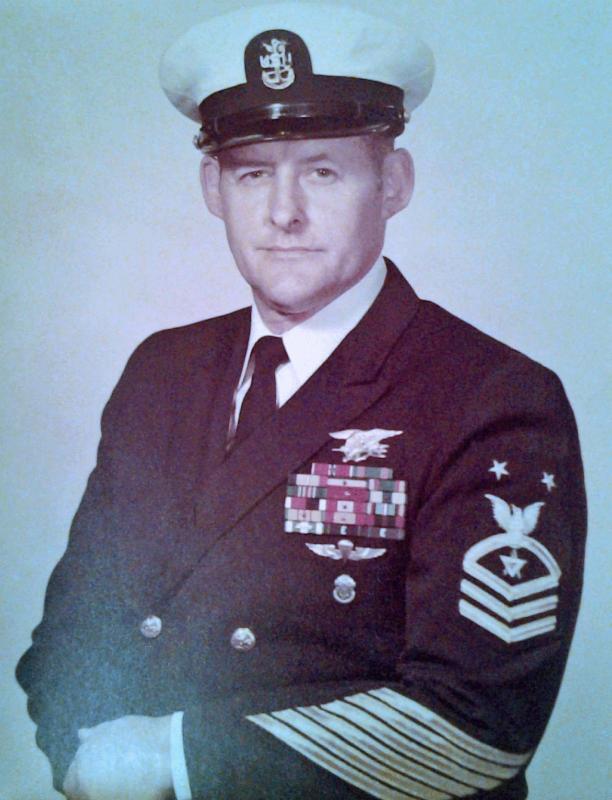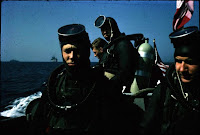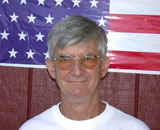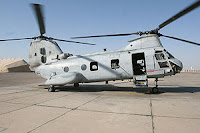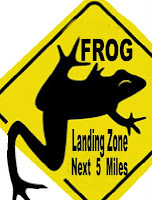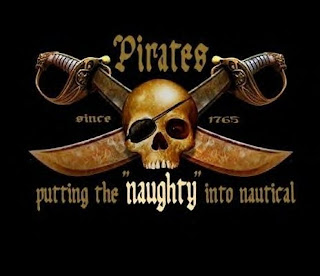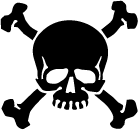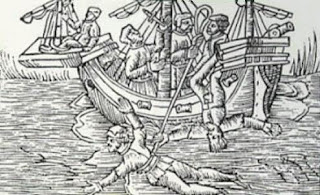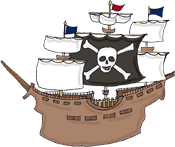Prejudice is a pretty universal human trait. Stuff like the Yankees are better than the Red Sox, Ford builds better cars than GM, Coke tastes better than Pepsi and the like are pretty harmless. As a friend of mine, a professor at the University of Miami, once said, “We have to be constantly aware of our prejudices, for once we are rid of one, we generally adopt another.”
 Racism represents the malignant and far more dangerous form of prejudice. Unfortunately, it’s pretty common and often quite inexplicable. In their book, The Japan We Never Knew, Mr. Suzuki and Mr. Oiwa assert that the Japanese are the most racist people on the planet. (Hey, I didn’t say it. They did). The Japanese certainly showed they regarded the Chinese as less than human by killing (by some estimates) 30 million or so Chinese men, women and children during World War II. If you have a strong stomach you can read Iris Chang’s The Rape of Nanking and that will clear it up for you.
Racism represents the malignant and far more dangerous form of prejudice. Unfortunately, it’s pretty common and often quite inexplicable. In their book, The Japan We Never Knew, Mr. Suzuki and Mr. Oiwa assert that the Japanese are the most racist people on the planet. (Hey, I didn’t say it. They did). The Japanese certainly showed they regarded the Chinese as less than human by killing (by some estimates) 30 million or so Chinese men, women and children during World War II. If you have a strong stomach you can read Iris Chang’s The Rape of Nanking and that will clear it up for you.
Of course, the Japanese didn’t exactly corner the market on racism and turning it into mass murder, which we more politely now call “ethnic cleansing”. We should not forget the Serbs in Bosnia, the Hutus in Rwanda or, more recently, the goings on in the Darfur region of Sudan. Perhaps because of their typical efficiency, the German Nazis occupy the most prominent place in our memory for their slaughter of six million Jews and maybe twice that number of other “undesirables” such as: Poles, gypsies, homosexuals, cripples and various enemies of socialism.
 My ancestors suffered under racism in Ireland and when they arrived in the US in the middle of the 19th century. After a generation or two the Irish blended in and the racial prejudice faded away. The Blacks, with their history of slavery, the bitterness of the Civil War and the inescapable color of their skin were not so fortunate.
My ancestors suffered under racism in Ireland and when they arrived in the US in the middle of the 19th century. After a generation or two the Irish blended in and the racial prejudice faded away. The Blacks, with their history of slavery, the bitterness of the Civil War and the inescapable color of their skin were not so fortunate.
I never met a black person until I joined the Navy. There simply weren’t any in my small town outside of Buffalo or in our high school. The only black with whom I had any familiarity with what so ever was Booker T. Washington. I had read his biography (along with that of nearly every other famous American) from the long shelf of them at my local library.
 I got to know my first blacks personally from my BUDs Training Class (33) in 1964-65 and I didn’t really know any of them until Hell Week. By then there were only two left who had survived the abuse and extraordinary harassment they received. I absolutely could not believe the crap they endured and the stuff said to them…. Racist stuff. Funny thing though, it did not come from the white instructors. We had a black instructor by the name of Waddell who was one of the most imposing men I’ve ever met. Waddell, a big man with a huge head, carried himself like a Nubian prince and displayed a fearful scowl most of the time. No one dared crossing him or falling asleep in his classes. His booming voice struck fear in the hearts of all the Trainees but he reserved his worst abuse for the blacks in our class. He and a couple of other black SEALs who served part time with our training exercises, picked on the black trainees without mercy. Any white man, even a racist, would not dare to say the things to a black man that these instructors said to these young men. I guess they figured that if they couldn’t stand the shit, they did not deserve to become black SEALs.
I got to know my first blacks personally from my BUDs Training Class (33) in 1964-65 and I didn’t really know any of them until Hell Week. By then there were only two left who had survived the abuse and extraordinary harassment they received. I absolutely could not believe the crap they endured and the stuff said to them…. Racist stuff. Funny thing though, it did not come from the white instructors. We had a black instructor by the name of Waddell who was one of the most imposing men I’ve ever met. Waddell, a big man with a huge head, carried himself like a Nubian prince and displayed a fearful scowl most of the time. No one dared crossing him or falling asleep in his classes. His booming voice struck fear in the hearts of all the Trainees but he reserved his worst abuse for the blacks in our class. He and a couple of other black SEALs who served part time with our training exercises, picked on the black trainees without mercy. Any white man, even a racist, would not dare to say the things to a black man that these instructors said to these young men. I guess they figured that if they couldn’t stand the shit, they did not deserve to become black SEALs.
I got to know one of the guys quite well when we deployed to the Med for eight months with 3rd Platoon. He was one tough SOB during training. He was not a great swimmer in those early days. Heavily muscled with zero body fat, he floated like a tombstone. Everyone had to swim two lengths of the pool (50M) under water. No exceptions. Very few people can hold their breath until they pass out. Doing it a second time is even more extraordinary. I saw Ed do it twice. On that day he passed out as he neared the end of the pool and, unconscious, glided to the wall and bonked his head. No matter… he’d qualified. (For the record, he also shit in the pool.)
On So Solly Day, the last day of Hell Week, the Instructors bombarded us with explosives while we belly flopped in ice -covered swamp. It was a couple of hours before someone discovered that Ed had been slogging around in the freezing water with only one boot. The other had been blown off by one of the half-pound blocks of TNT they were setting off around us every 10 minutes. He’d never complained. The only way to get him to quit would have been to shoot him.
Ed went on to a long and successful career in Special Warfare, making Master Chief and, at one point, was in charge of all submersible operations for the Teams. Good man.
After a couple of years in the Teams I got my dream job as Platoon Officer of one of the operating platoons. My Platoon Chief Petty Officer (also named Ed) happened to be a black man. At that time there were fewer than 20 operational platoons in the whole damn Navy. The Chiefs were tasked with keeping everything together and preventing young junior officers like me from screwing up. They didn’t give these CPO jobs to just anyone.
My Chief and I got along great and the fact that he was black had pretty much slipped from my consciousness. One day we were on a recruiting trip to a Navy base in a southern port. As we strolled down the hot street in our uniforms, I noticed an air conditioned bar.
I said, “Chief, let’s grab a beer. They’ve got A/C.”
“I can’t go in there,” he replied.
Thinking he had forgotten his wallet, I said, “No sweat. I’ve got some money.” We stood there on the hot sidewalk: me, confused, and him with a sad look on his face.
“I can’t go in there,” he repeated. Finally, it dawned on me. We walked on. I was seriously pissed off and not because I could not get a beer. I couldn’t believe that one of the US Navy’s finest was excluded from a public place because of the color of his skin.
There is another story, oft repeated, in the lore of the SEALs. A platoon, headed out for a training exercise at a base in the South, set off early in the morning. They stopped for breakfast at a café on the outskirts of a small southern town. The group of 15 or so SEALs had one black Teammate. Everyone had been served and was tucking into their bacon and eggs– except the black SEAL. The guy sitting next to him noticed and grabbed the passing waitress.
“Where’s his food?” he asked, pointing at his Teammate.
“I can’t serve him in here,” she replied sheepishly. He immediately rose to his feet.
“They won’t serve our Teammate in here fellas,” he announced in a loud voice. They all looked up, figured it out and stood as one. No one took a final bite of toast or sip of coffee. They just silently walked out, got in their vehicles and drove off. No one ran out with the bill.
All this happened in the middle 60s when racism still persisted in many places and, of course, still does in the hearts of a few. However, no reasonable person can assert that there has not been remarkable improvement in the last 40+ years. No sane person should suggest that the government foisted the AIDs disease on the black population or that crack cocaine became a problem in the black community through a CIA plot. No black leader should rationally suggest that the social ills that plague urban blacks could be solved by racial separatism. Dr. King preached the exact opposite!
It’s because these ideas are so kooky and wrong headed that his voluble pastor, Jeremiah Wright, has caused Presidential hopeful, Barack Obama so much trouble. His twenty-year relationship with this pompous fool and reluctance to distance himself has tarnished his rock star image and raised questions about his judgment. Racial prejudice will always be a problem with human beings, but it’s not THE problem in America. How about Islamo-facism? Or the economy? Voters are going to take a harder look at Obama now, and that’s a good thing.

